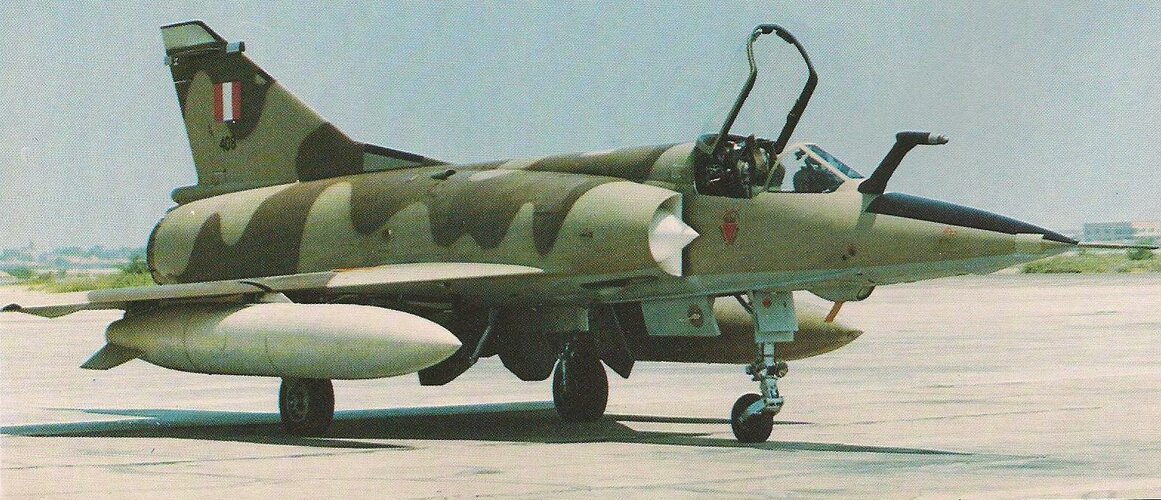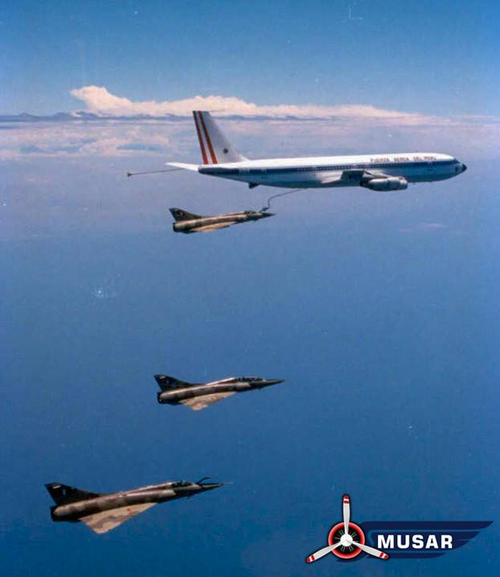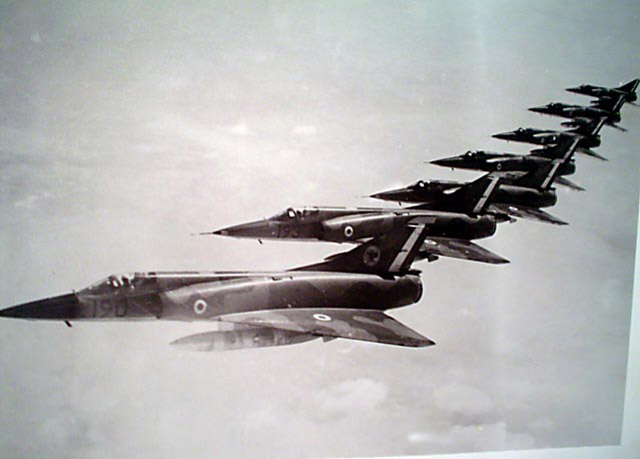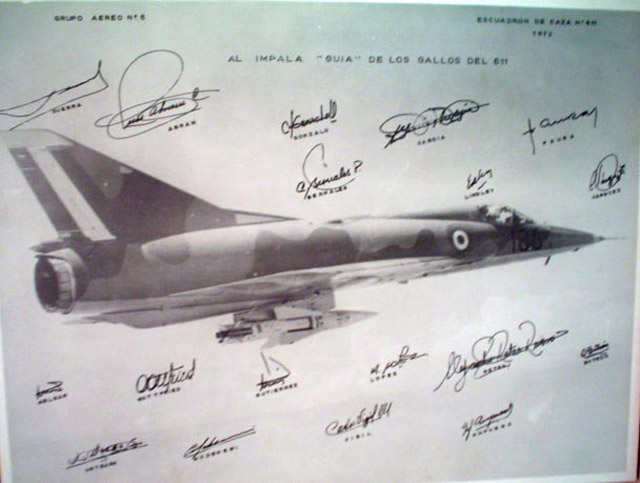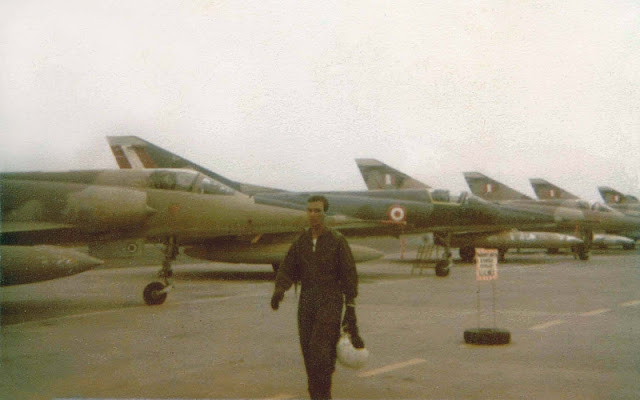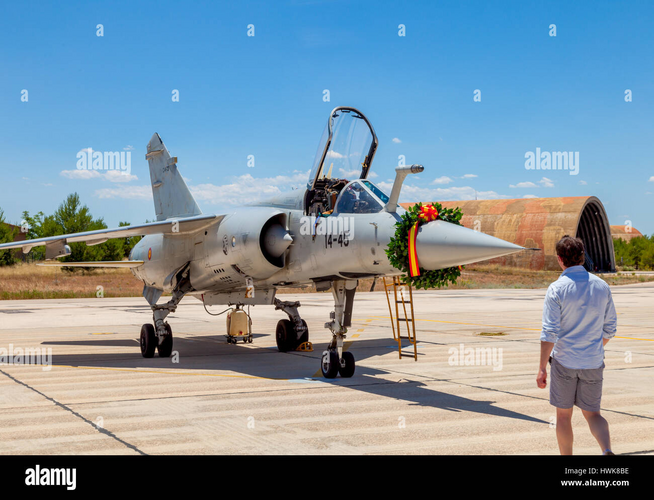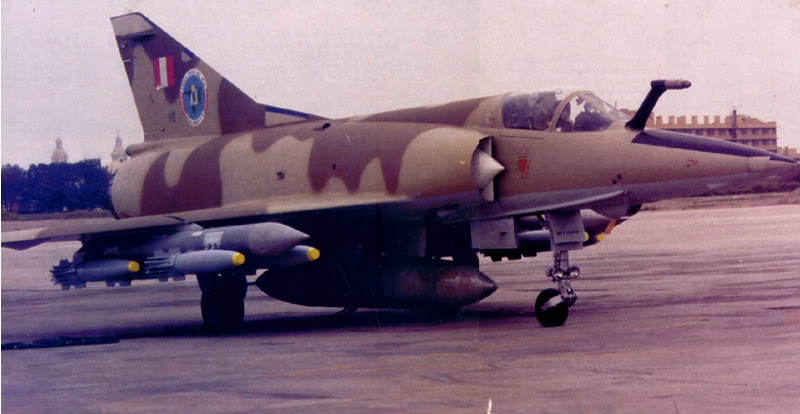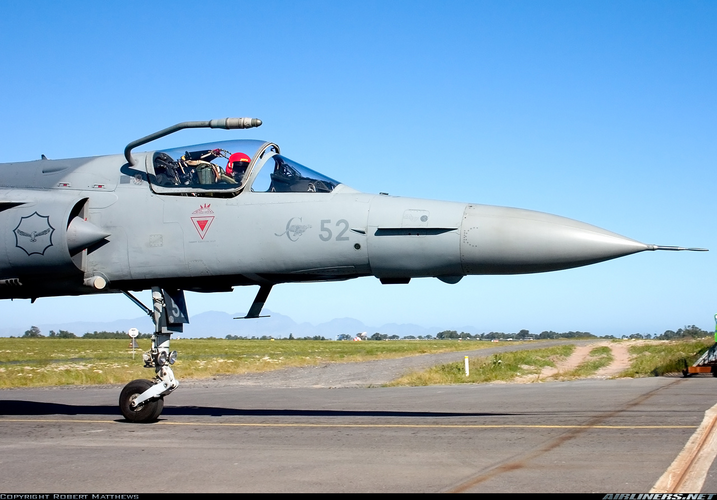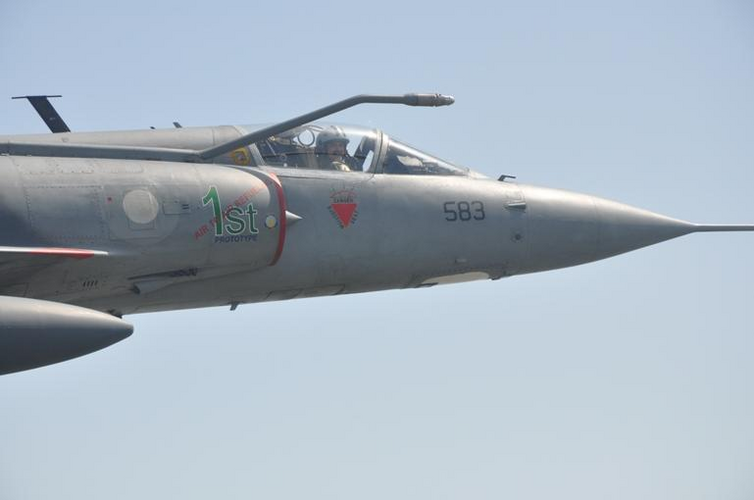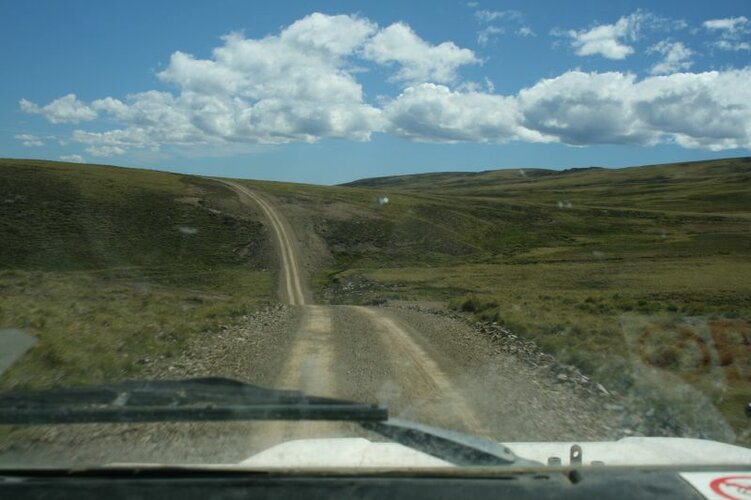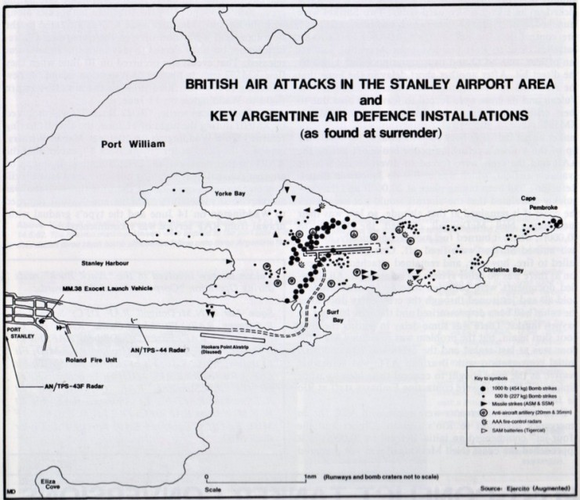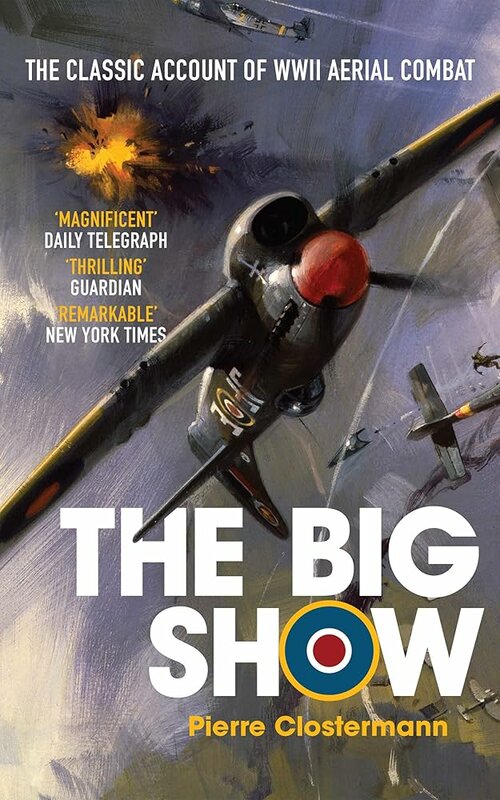Spot on. When planning the Falklands invasion the Junta military wasn't that fool. They had made a detailed list of events planned across the year 1982 that were to play to its advantage - and to the british disavantage.But then again, I think it comes down to the fact that the invasion of the Falkland Islands was launched too early, when not all Argentine forces were ready for a confrontation with the British, which had not been sufficiently thought through.
Events like
- Nott eviscerating the RN
- Invincible going to Australia
- Additional S.E and Exocet delivered
- The southern hemisphere seasons are reversed, so summer 1982 = winter season (June to September)
But for a host of complex reasons the invasion happened at OTL date and to Argentina disadvantage.
One of the reason was the the new 1981 Junta was a mix of the three armies officers: army, navy, air force. So they - supposedly - cooperated inside the junta and were supposed to cooperate efficiently for the invasion.
What happened was that they did not cooperated because of political rivalries between then. Ayana for example was a member of the Junta and from the Navy.
Last edited:

